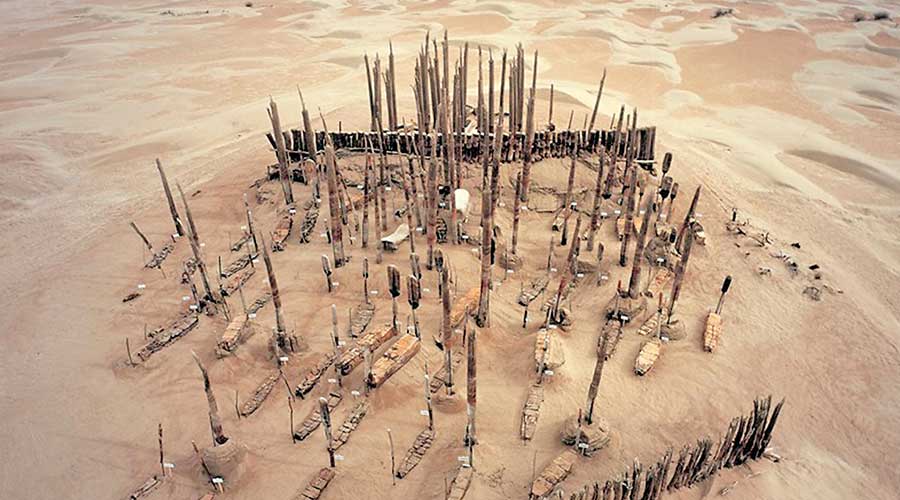BEAR TERRIFIES WORKERS AFTER CONSUMING 60 CUPCAKES FROM A CONNECTICUT BAKERY
- 20 Apr - 26 Apr, 2024

Scientists may have finally solved a decades-old mystery about the origins of a group of surprisingly preserved mummies found in China's Tarim Basin during the 1990s. In a report published in Nature, researchers announced that the group of mummies that many believed were migrants who had travelled to China to share farming practices may have been indigenous people who learned agricultural techniques from neighbouring groups. Researchers used genomic analysis to trace the ancestry of the mummified farmers to "Stone Age hunter-gatherers who lived in Asia some 9,000 years ago," the report explains. It's believed they were buried in the area starting 2,000 or more years ago. Scientists sequenced the genomes – which contain all the genetic information of an organism – of 13 people who lived "between 4,100 and 3,700 years ago and whose bodies were found in the lowest layers of the Tarim Basin cemeteries in southern Xinjiang." They then compared the genetic profiles to more than 100 ancient populations, and 200 modern groups of people, and matched some of their genetic makeup to Bronze Age migrants from Central Asia who lived around 5,000 years ago, the researchers said. However, 13 of the mummies did not match this profile and were found to be related to hunter-gatherers "who lived in southern Siberia and what is now northern Kazakhstan some 9,000 years ago."
COMMENTS